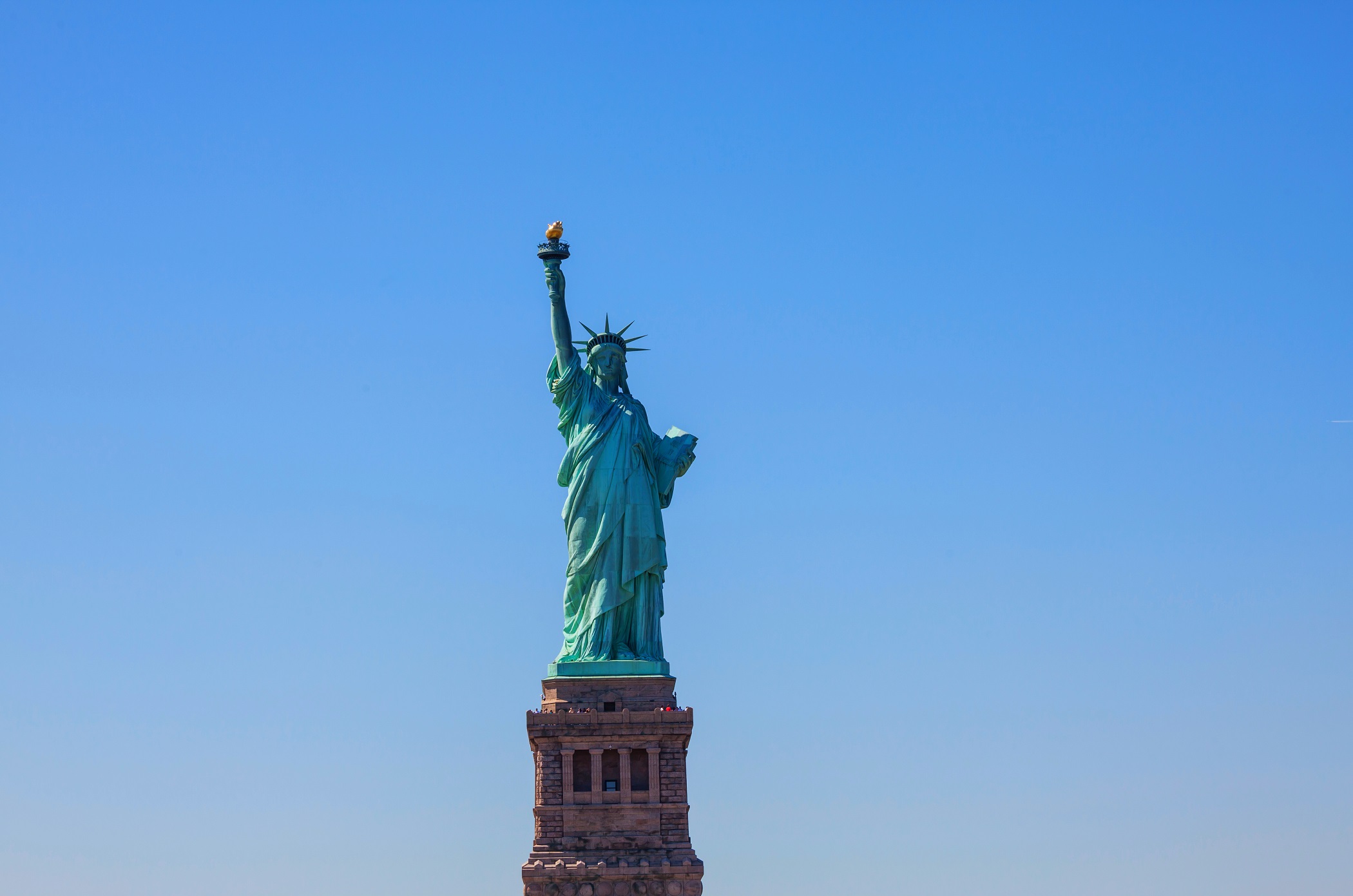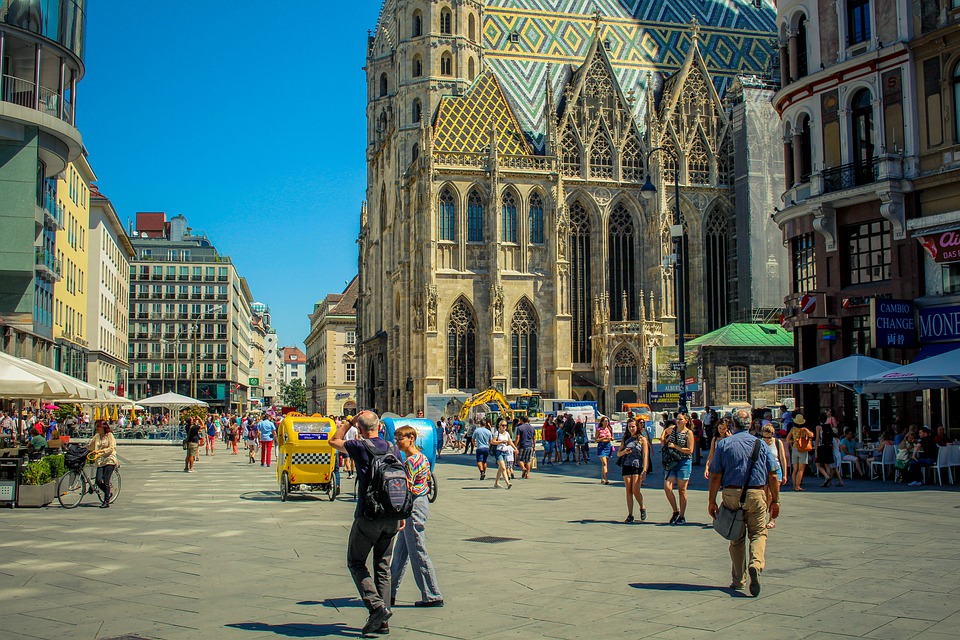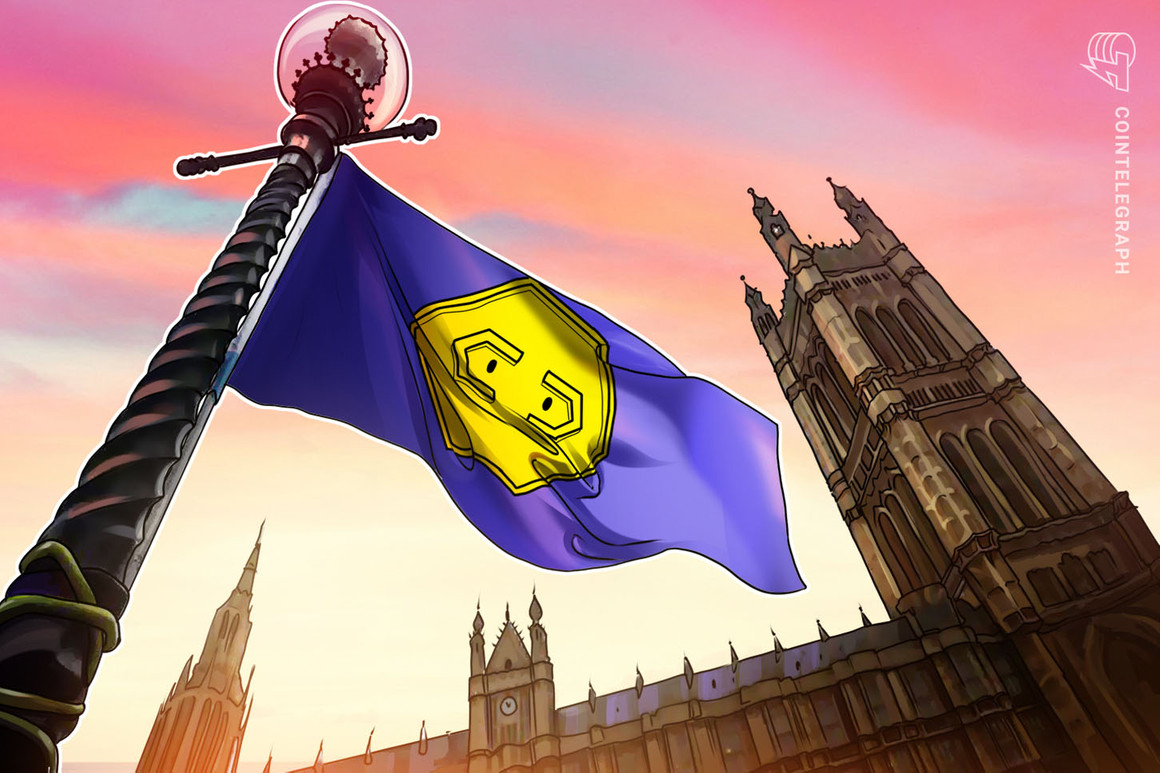#50 Things you need to know before traveling to Angola
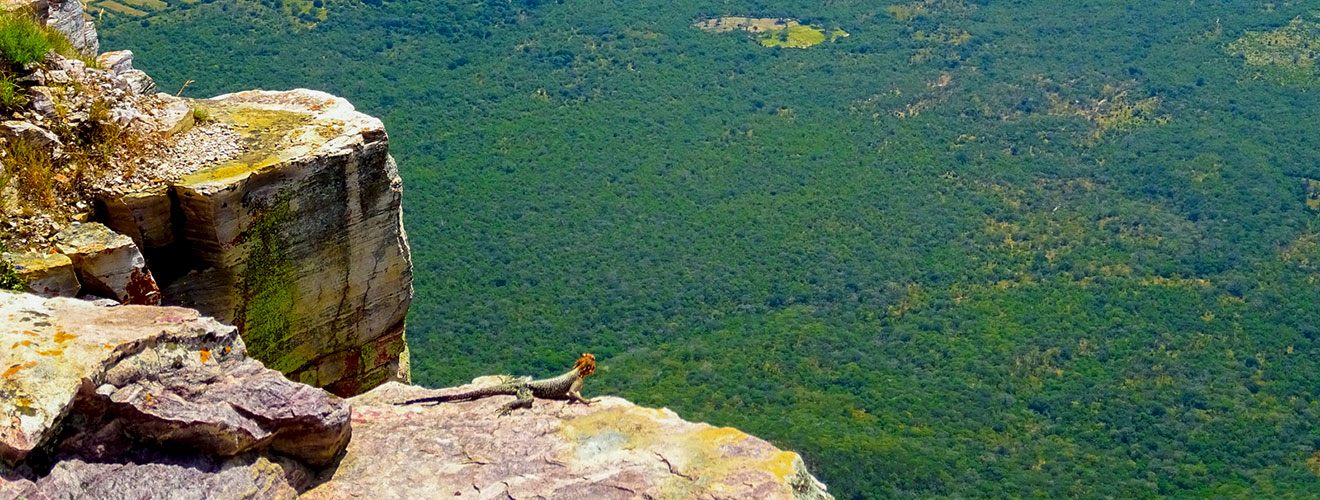
Table of Contents
“#50 Things you need to know before traveling to Angola”
Angola isn’t the first place anyone remembers when thinking about traveling or vacations! It’s very difficult to travel, expensive and dangerous. Yet, it receives many travelers, almost all of them business travelers.
Everything about Angola and the Locals
#1 Where is Angola? Angola is located is located in Southern Africa and it’s bordered by Namibia (South), Zambia (East) and both Congos (north)! The enclave of Cabinda is the only part of Angola that borders the Republic of Congo. To the West, Angola is bathed by the South Atlantic Ocean.

#2 It’s a huge country! The seventh largest of Africa and the 22nd in the World! Despite this, it has a relatively small population, only about 25 Million which makes Angola very sparsely populated! It has one of the lowest population density in the world.
#3 In such a big country like Angola, the climate varies a lot, from tropical in the north, subtropical in the interior south and center, desert in the Namibe region… However, in general, we can say that it has two seasons: a dry colder season (May to September) and hot rainy season (October to April).
In Angola, the dry colder season is called Cacimbo. You should be aware that when we say colder it just means that isn’t scorching hot! You can easily go to the beach during Cacimbo.

#4 Angola used to be a Portuguese Colony and only became independent in 1975. After the independence, it had almost 30 years of Civil War. And even before 1975, Angola was at war for independence for more than a decade. That’s 40+ years of war…
#5 The official language of Angola is Portuguese. Although several other local languages are spoken in Angola, Kikongo, Kimbundu, and Umbundu. These are considered co-official languages.
#6 Very few Angolan speak foreign languages. However, among the foreign languages, you’ll be better off with English. Anyway, I would try to learn a few words and expressions in Portuguese to try to communicate. If you can’t find any other option maybe you can try Spanish due to its similarity to Portuguese, but I would rely on that only as a last resort option.
#7 Angolan society is very harsh and sometimes aggressive. People are still rebounding from the 40+ years of war, with the horrible things it brings. Furthermore, it wasn’t that long time ago so many internal and external wounds are still open. I would strongly avoid discussing politics in Angola.
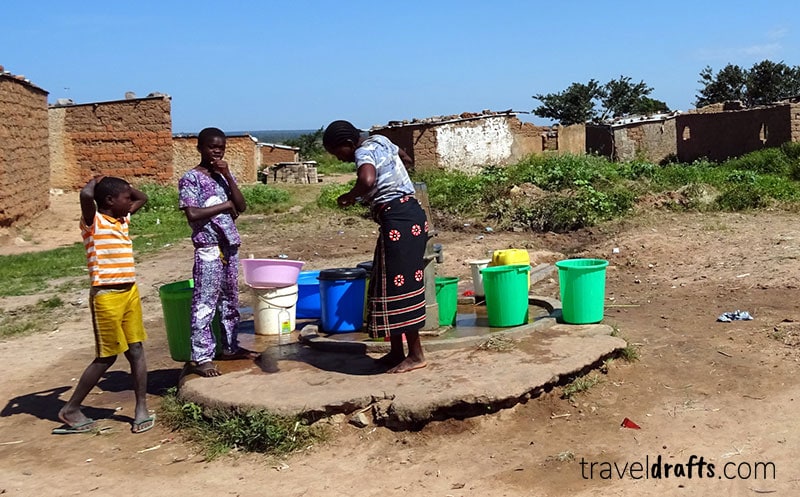
Do you want to know more about the Angola lifestyle? Check our 10 things you need to know about Angola!
#8 Despite its huge oil reservoirs Angola is a very poor (107th) and underdeveloped country. On top of this, It also has a really high unequal distribution of wealth, meaning that there are a few people really really rich and most of the population is very poor. Furthermore, education and Health are also really bad.
Due to the oil industry, Angolan Economy has really grown in the last 15 years but it still has a long way to come. Many infrastructures were almost completely destroyed in the wars and are still being rebuilt.
#9 The vast majority of the Angolan are Black (Ovimbundu, Ambundu, and Bakongo mostly) and some mixed race. There is also a huge presence of foreigners in Angola, mostly in Luanda. The foreigners are mainly Portuguese and Chinese. However, you can easily find Americans, French, Indian, Lebanese, Brazilians and many other.
#10 Angolan love music and dancing and they are pretty good at it! You can see them dancing everywhere, it’s really part of being Angolan. Kizomba, Tarraxinha, Semba, and kuduro are their most famous music and dance styles.
#11 The biggest shopping in Angola is the streets of Luanda. You can see streets sellers everywhere in Luanda and they will sell you everything. Think of an object and I have probably seen it in the streets! From toilet seats to food and drinks, from car parts to invoice books and tennis shoes or clothes… It’s really incredible.

#12 Is Angola safe to travel? It really depends on what you comparing it to, but in general, Angola isn’t a safe country. Unless you are very adventurous or very used to travel in this kind of countries we strongly advise you not to travel on your own. There are reports of robberies and even kidnappings in Angola, particularly in Luanda.
#13 Be prepared to be stopped by the police many many times while traveling in Angola. They may also hint you to pay them off to leave you alone… Doing it or not is your own decision and risk. This usually happens when driving, but it can also happen when you are casually walking down the street… Always have your documents with you.
Travel in Angola and Tourism
#14 There is only one UNESCO heritage site in Angola. It’s the town of Mbanza Kongo, located on a plateau at an altitude of 570 meters. The town was the political and spiritual capital of the Kingdom of Kongo, one of the largest constituted states in Southern Africa from the 14th to 19th centuries. Unfortunately, we have never been there in Mbanza Congo.
#15 Luanda is the capital and biggest city of Angola. It receives almost all the investment, apart from the oil areas! It’s a very messy city but it’s also full of life. In general, the city is quite ugly, but the bay of Luanda is beautiful.
The boardwalk (marginal de Luanda) is a nice place to do your daily exercise, and very close to it you can find Angola’s National Bank, the currency museum, and S. Miguel’s Fort.

#16 However, the best thing to do in Luanda is going to the beach. The island of Luanda (not an actual island, you can drive there) has beautiful sandy beaches with warm water. These beaches usually have nice bars and restaurants where you can eat, drink and have some fun. Also, Mussulo is also very close to Luanda and offers some other great beach spots. Mussulo is much less developed than the island of Luanda but also has a few beach bars. To get to Mussulo, you take a taxi boat from Embarcadouro or Benfica.
#17 Miradouro da Lua is a beautiful lookout to a unique landscape created by the winds and water. It’s right outside Luanda on the way to Kissama National Park. Its bright colors make it more beautiful and special.

#18 Kissama National Park is Angola’s main Natural Park and relatively close to Luanda (75km). It’s your best option if you want to do a Safari in Angola. The park is being repopulated after most of the animals being killed during the wars. Here you can easily see Zebras, Giraffes, Elephants and several antelopes. The plants in Kissama are also very beautiful with huge Baobab trees.
Click here to see how to do a Safari in Kissama National Park
#19 The beaches of Cabo Ledo and Sangano (almost 100km south to Luanda) are wonderful beaches with perfect yellow sand and beautiful blue warm seawater. These beaches are very popular among expats and locals during weekends as they are a great weekend retreat.
#20 Kalandula falls in the district of Malanje are the most impressive in Angola and considered to be the 2nd biggest in Africa behind Victoria Falls. They are almost 100 meters high and more than 400 meters wide.

#21 However, Malanje has a few other attractions to offer. Besides Kalandula we recommend you to visit the Kwanza Rapids, the Black Stones of Pungo Andongo and the much lesser know Musseleje falls. If you want to visit this area of Angola you should reserve at least 2 days for it.
Click here to see how to travel to Malange and its main attractions!
#22 We have mentioned some great beaches earlier, but the best beaches in Angola are in the Benguela Province! If you have the time, we strongly suggest you visit Benguela and its beaches.
Do you want to go to Benguela? Check how to do a Benguela Road trip
In Lobito, you should go to Restinga which similar to the island of Luanda but with cleaner water and sand. Nevertheless, the two best beaches in Angola are located in the south of Benguela: Baía Azul and Baía Farta (our favorite).

#23 Our favorite region of Angola is Lubango and believe or not, it doesn’t have beaches! It’s much calmer than Luanda making it a perfect place to escape the craziness of the capital.
Cick here to see everything you need to know about traveling to Lubango
Our favorite things to do in Lubando are the Tundavala Gap, driving Serra da Leba, going to the Lubango Sign (Hollywood style) and enjoying the best resort in Angola: Pululukwa.

#24 Finally, our last suggestion in Angola is the Namib Desert and the Namibe town. You can easily go there on a day trip from Lubango. This region is very arid and different from the rest of Angola but that’s what makes is interesting. In the Namib desert, you can find the welwitschia, which only exists in Angola.
Click here to see our complete guide of the best things to do in Angola
What to eat and drink in Angola
#25 Tradicional Angolan food is similar to other African Cuisine with cassava being the staple ingredient of many dishes. Portuguese cuisine has significantly influenced Angolan cuisine, with many foods imported into Angola by the Portuguese.
#26 There are many good restaurants in Angola and a few particularly good ones, however, all of them are very very expensive! Most of these restaurants are obviously in Luanda. Meat, fish, and seafood are usually very good in Angola because of the high quality of ingredients used.
#27 Cassava is a very important plant in Angola, especially in the North. It is the largest source of carbohydrates in Angola. Angola is the 3rd largest producer of cassava in Africa and is also the biggest consumer. The leaves of cassava (called kizaca) are used in dishes usually boiled and the roots are dried to make bombó and whipped to make fuba (flour).
#28 Funge (a kind of porridge) is the mainstay of the Angolan diet and is made from the referred cassava or corn fuba(flour). The north of Angola uses more fuba of cassava and the south uses fuba of corn. The texture of funge is very sticky, even gelatinous and doesn’t have much of a flavor, so it’s best eaten with the sauce. Funge is more of a side dish than a main dish. It’s a substitute for pasta, rice or potatoes.
#29 One thing that it’s particularly good in Angola are the roasted peanuts. In Angola, they are called Ginguba torrada and taste amazing. It’s sold everywhere, you can see the vendors roasting them in coal in the streets.
When it comes to peanuts, there’s also paracuca which is Ginguba candy, made with sugar and sometimes vanilla, cinnamon, and other spices.

#30 Angola’s National dish is probably Muamba de Galinha (Chicken Muamba). In this dish, the chicken is slow cooked with okra, squash, dendém) paste. It is served with funge, and sometimes rice. Dendém is the fruit of the palm tree and it is used a lot in Angolan cuisine, especially to make palm oil.
#31 Calulu is another typical Angolan dish and it’s made with dried fish with vegetables, usually onions, tomatoes, okra, sweet potatoes, garlic, palm oil, and gimboa leaves (similar to spinach); It’s often served with funge and beans in palm oil
#32 Finally we have Mufete, a combination of grilled fish, beans with palm oil, boiled plantains, boiled sweet potato, cassava flour and the mufete sauce (a sauce with chopped onion, tomato, bell pepper, lemon, and olive oil).
It is a mouthful of flavor and traveldrafts favorite Angolan dish! A must try for everyone going to Angola!

#33 There are several commercial beers are brewed in Angola, the oldest of which is Cuca, brewed in Luanda. Others include Eka (brewed in Dondo in Cuanza Norte), N’gola (brewed in Lubango), and Nocal (brewed in Luanda).
Click here to read our guide to Angolan cuisine!
#34 One final word about food safety in Angola… You should be very aware of what you eat and where you eat in Angola. Often ingredients aren´t well washed or preserved correctly becoming a danger to your health. Also, never drink unbottled water. Note that is typhoid fever is prevalent in Angola and it’s contagious though water.

Money and Costs of traveling to Angola
#35 The currency in Angola is the Kwanza and its official exchange rate is 1 USD to 255 Kwanza (July/18). However, the exchange on the streets is much much higher, because it’s very difficult to buy foreign currency in Angola.
Click here to know everything about the oil crisis in Angola!*
*note this isn’t pretty…
#36 Luanda is one of the most expensive cities in the world, being nominated as the most expensive for a few years in a row! However, the rest of the country is pretty expensive also.

The economic growth and investment from foreign companies created a very diverse society in Luanda. Actually, more than diverse it’s a society within another society. In general, the population in Angola is very poor, but there is a smaller group of Angolans and foreigners that are rich or at least get paid extremely well.
#37 In such an expensive country everything is expensive or really really expensive! However, accommodation and food are the ones that will completely screw your budget. It’s perfectly normal to have to pay 3 to 5 times more than almost anywhere else and without any added benefits.

Click here to check the actual prices in Angola and why are they so high!
#38 ATM’s usually don’t charge for withdrawing money, however, due to lack of foreign currency you’ll get a much better deal exchange money in an exchange office and the difference will be very relevant. Note that exchanging money in the streets is illegal.
#39 Tippings isn’t part of the culture in Angola. You round up your bills if you feel like it, or if you want to reward good service, but it really isn’t mandatory.
How to travel in Angola
#40 It’s more than probable that you’ll enter Angola thought Luanda’s Airport, as 99% of the people traveling to Angola, travel to Luanda by plane. There are very few international flights to other cities. On the other hand, you can easily fly from Luanda to the other big towns, like Lubango, Benguela, Huambo and so on.

#41 If you don’t want, you can catch an intercity bus. There are many buses connecting the towns, however, they take a lot of time (the country is huge!) and are not very comfortable.
Within the cities, particularly Luanda, forget about public buses. You need to take the blue vans (candongueiros) or call a taxi! As a foreigner, I strongly suggest you do not use the vans, but it’s up to you.
#42 The other options would be renting a car or even better renting a car with a driver. Renting a car is very expensive, expect about 100USD per day. With a driver, it will be even more, but the difference won’t be that big. This solution gives all the flexibility you need and if you chose to have a driver you’ll also avoid on one of the biggest stresses in Luanda, the traffic.
#43 Traffic in Luanda is a nightmare, particularly during rush hours, in the morning and in the end of the day. In a normal day, it’ll take you 1h+ to do 10km in Luanda. If its a bad day you may be there for 2 or 3 hours!

#44 Even worse than the traffic is the way Angolan drive. It’s completely insane, without any rules or caring for the other people or their own well being. We have seen things that can’t really be explained. If you aren’t used to this kind of driving I would strongly advise against driving in Angola.
#45 There aren’t highways in Angola, so there aren’t highway tolls also. Actually, the only toll I know in Angola is to cross the Kwanza river and it’s pretty cheap when compared with everything else.

#46 Fuel used to be very cheap in Angola, extremely cheap even. However, with the last oil crisis hitting Angola hard, the prices rose because the government stopped subsidizing fuel and even began taxing it. Nowadays they are still cheaper than most countries, but not dirt cheap as they were 10 years ago.
Other useful information about traveling in Angola
#47 How is the internet in Angola? Internet in Angola isn’t very good. The best hotels will have wifi but don’t expect it to be granted or it to work properly… This has been improving but expect to have problems connecting. You may buy a data card or even a 3G Pen from companies like UNITEL and Movicel. It should work in Luanda and other big cities but it may not work far from them. Also, 3G is usually a bit unstable and slow.

#48 Is Angola dirty? Angola is probably one of the dirtiest countries we have ever been, even Cambodia seems clean when compared to Angola! Luanda is much worse than the other cities, but even the others are very far away from clean! expect to find trash anywhere and everywhere.
#49 How to get a visa to Angola? Angola is probably one of the most difficult countries to get a visa, particularly a working visa. We strongly suggest you get professional help to conduct the whole process. It takes weeks or months and it’s very frustrating.

#50 What vaccines do I need to take before going to Angola? It’s mandatory to take the yellow fever vaccine and you’ll be asked to present your International Certificate of Vaccination or Prophylaxis (ICVP). A few other vaccines are also highly recommended, like polio, typhoid fever, hepatitis A, hepatitis B. We recommend you to see a tropical medicine doctor before traveling to Angola.
Our Recommended Travel Guide Books For Angola

Pin for later

If you liked the article, do not forget to share it with your friends. Follow us on Google News too, click on the star and choose us from your favorites.
For forums sites go to Forum.BuradaBiliyorum.Com
If you want to read more Like this articles, you can visit our Trip & Travel category.


